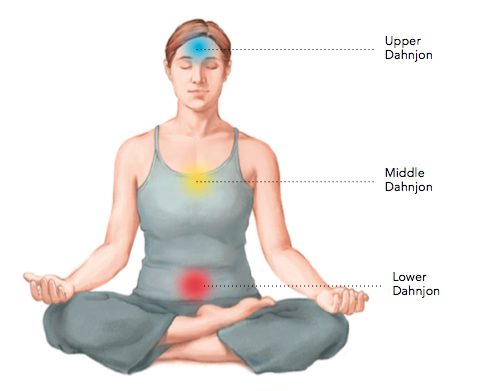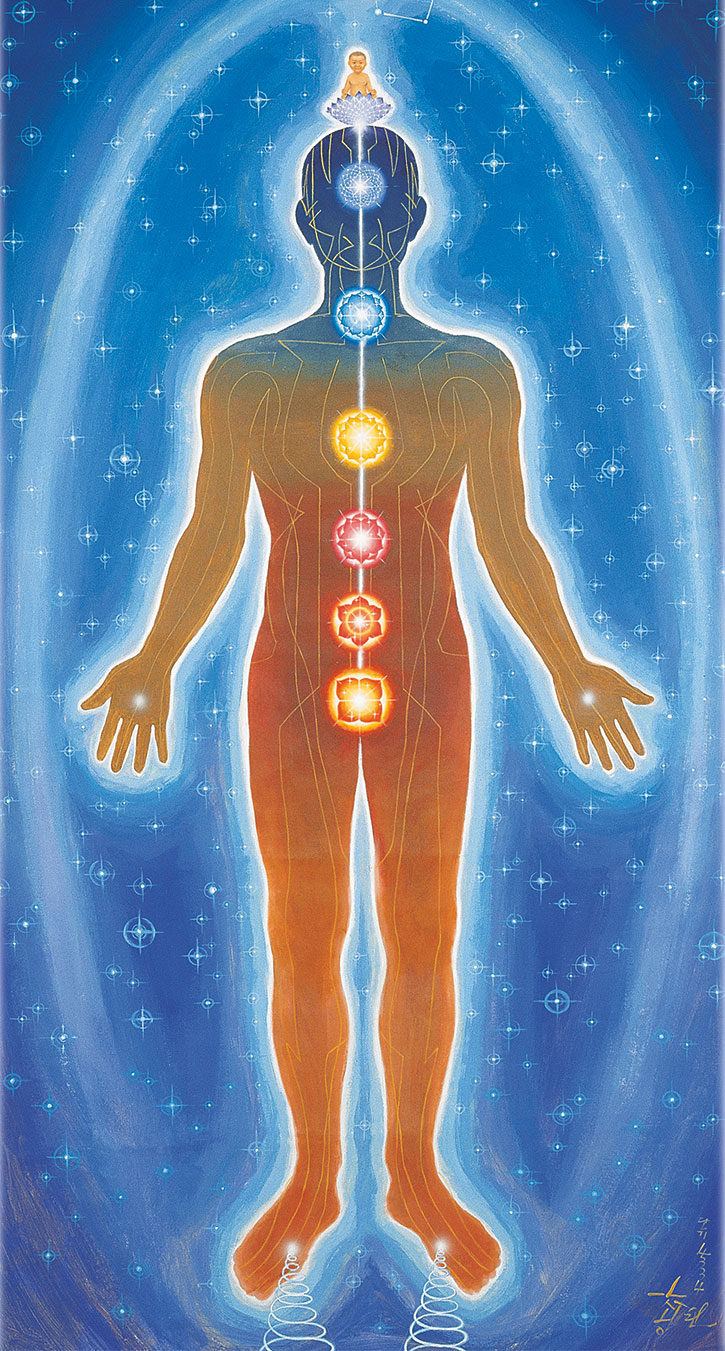
Manage your energy so you can stay open yet centered as you give a speaker your full attention and empathy.
Many of us like to be listened to, but in our eagerness to speak, we may not be as good at listening. Yet truly hearing and understanding what another person is saying not only helps them but enriches our own lives. We come to know the world better by listening and gain new perspectives. Listening has also proven crucial for working together with others effectively.
When we listen well, we create a space and time for another person’s true being to expand and express itself. It allows the other person to feel more present, heard, and valued. This gives our true self more space as well. With each other’s help, we start to interact at a more profound level, a level at which we can reorient the aspects of ourselves that do not align with our essential self—the part of us that never stops existing.
Pitfalls of Listening Well
Those of us who train to become more open hearted and/or open minded—such as through energy practices like yoga, qigong, and meditation—may end up feeling a little too open. Our empathy becomes enhanced, and we may get lost in another person’s emotions and thoughts. In an endeavor to connect to someone authentically, we may lose too much of our connection to ourselves.
And while we may be anxious to listen well, we may also want to contribute to the conversation. If we become too absorbed in the other person or the world around us, we may negate our own part. We may even forget what we want to say!
So how can we be open to the world and experience the wonders of active listening without losing ourselves in them? Here are four important aspects to listening while staying true to ourselves:
- Know ourselves. To not lose ourselves when listening to others, we need to listen to ourselves first. I suggest a daily practice of listening to our hearts and our bodies, giving them our full attention. Check in with them when you wake up and before you go to sleep, and even in quiet moments throughout your day. When we know ourselves, it’s easier to accept and relate to others. We’ll have so much practice listening to ourselves that we will be able to do it more quickly and easily at any time.
- Stay centered as we listen. In our center, the chatter of our minds is quiet, our hearts are calm, and we feel rooted in our physical form. In a centered state, we feel open and embracing but unshaken by the information and energy around us. Even more, we process what we hear more clearly and compassionately.
- Build up our energy. Our bodies are vessels of life energy that transmit energy as well. We take in energy through the food we eat and the air we breathe. We also take it in through energy exercises that gather the energy that’s always all around us into our bodies. These exercises combine holding static postures, mental focus, and steady abdominal breathing. They particularly accumulate qi energy in our energetic core (lower dahnjon in Korean) in our lower abdomen (between our hips). Having strong energy helps us process and purify the energy we encounter in our environment, leaving us less affected by it. In this way, and since it involves strengthening our energy centers, it helps us stay centered.
- Refrain from speaking until the other person is finished. We may be tempted to interject when another person is speaking because we may have a thought that seems important to share. However, truly listening means putting that important thought aside and fully focusing on what the speaker is trying to communicate. Once we completely receive their message, we can formulate what we want to say in a clearer, more respectful, more useful, and more loving way. We have the time to consider our response instead of reacting from an un-centered perspective.
How to Listen from Your Center
If we want to be able to listen in a centered state, we first need to develop one. That takes practice. It’s not a state of being we naturally find in the world or that we were taught in school. It’s a state in which the three main energy centers in our bodies are full and balanced and in which our minds are at least partially focused inside ourselves, especially on our lower energy center.
The Korean Sundo tradition teaches about these three main energy centers: the one I mentioned in the lower abdomen (like the sacral or second chakra), one in the center of the chest (like the heart or fourth chakra), and one in the center of the brain (third eye or sixth chakra). The lower energy center affects our physical aspects while the middle energy center influences our emotional aspects. It’s also what the Sundo tradition refers to as the seat of the soul. The upper energy center, on the other hand, is the seat of our divinity. It’s related to our mental and spiritual aspects. Combined, the three energy centers help regulate our whole being.

Energy can run in a line through these three energy centers. In fact, a toroidal shape of energy is centered on this line. We can think of it like the eye of a hurricane. Everything swirls around it while it stays clear and calm. If we keep our awareness on this center line and hold it straight, our physical body, emotions, and thoughts remain centered as well.

Energy exercises, such as the ones I developed based on the Sundo tradition, gather energy in these centers and keep them clear and bright—their ideal state. We feel most calm and powerful when we have a strong central energy line.
The following qigong flow is one set of exercises can help activate each of our energy centers:
We can go through life accepting all that happens while remaining true to ourselves if we practice exercises such as these consistently. Having a strong energy line transforms our experience of listening, and of life.
Editor’s Note: For more instruction on Ilchi Lee’s Brain Education energy exercises, check out Ilchi Lee’s book, Water Up Fire Down: An Energy Principle for Creating Calmness, Clarity, and a Lifetime of Health or visit the Brain Education TV YouTube channel or a Body & Brain Yoga Tai Chi center near you.
Related Posts
- Recharge Yourself with Energy Meditation
- How to Keep Your Energy Cup Full
- Strengthen Your Center with These 6 Energy Breathing Postures
- Ilchi Lee’s Energy Ball Meditation for Abundance
- Ilchi Lee’s 5 Tips for Clearing Brain Fog
